Description
NR507 Week 3: Alterations in Pulmonary Function




The nurse practitioner (NP) is seeing a client with chronic bronchitis that needs spirometry on today’s visit. What pulmonary function test (PFT) findings are anticipated based on the diagnosis of chronic bronchitis?
Decreased diffusing capacity
Decreased lung compliance
Decreased forced expiratory flow (FEV1)
Decreased total lung capacity (TLC)
Which clients are at high risk for obstructive and restrictive lung disease? Select all that apply.
A 45-year-old client with an acute exacerbation of asthma
A 34-year-old client with chronic urinary tract infections
An 11-year-old child living with a parent who smokes cigarettes
A 74-year-old client who is immobile living in an assisted living facility
A 54-year-old client with a diagnosis of iron deficiency anemia
Which potential respiratory complications should the nurse practitioner (NP) recognize when caring for older adults with pulmonary disease? Select all that apply.
Abnormal sputum
Cough
Dyspnea
Hyperventilation
Cyanosis
Decreased lung capacity
Which physiological process causes wheezing during an exacerbation of asthma?
Air passing enlarged tonsils into a narrowed trachea during inhalation
Air passing through narrowed bronchioles and mucus during exhalation
Air passing through the alveoli filled with mucus during inhalation and exhalation
Air passing through the nose due to partial blockage of the epiglottis
In an exacerbation of extrinsic asthma, which type of hypersensitivity reaction occurs in the lungs?
Type I
Type II
Type III
Type IV……………………please add to cart and check out to access this Edapt assignment at $20 only






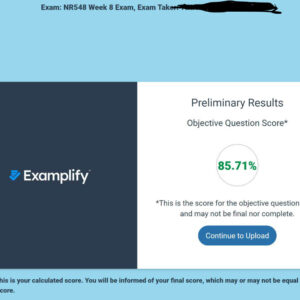
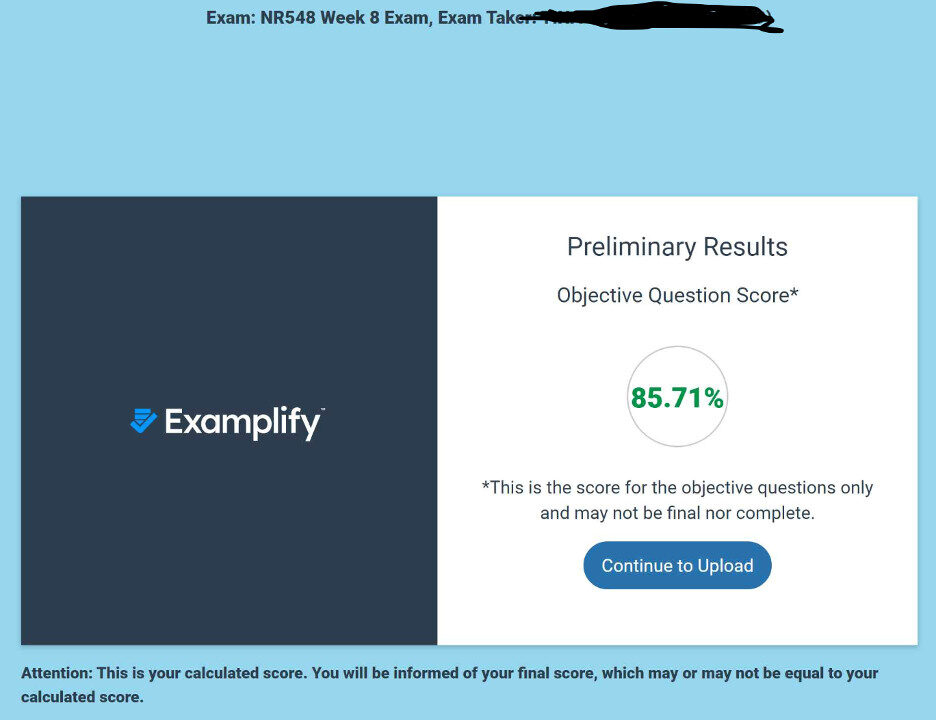
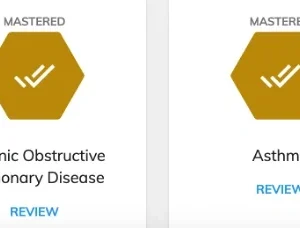

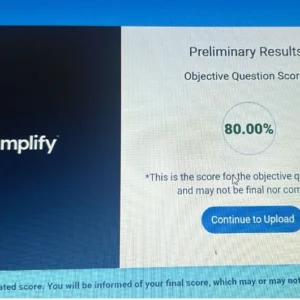



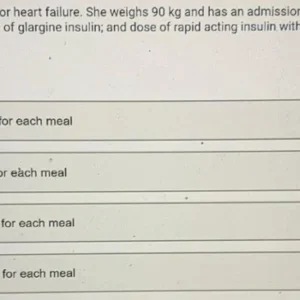

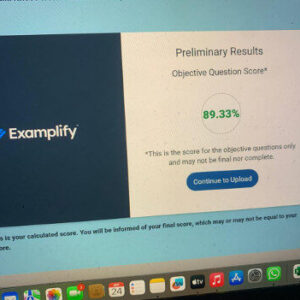


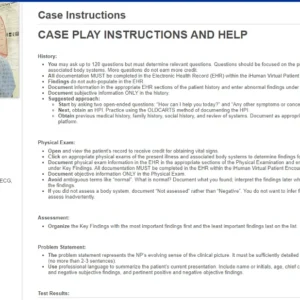

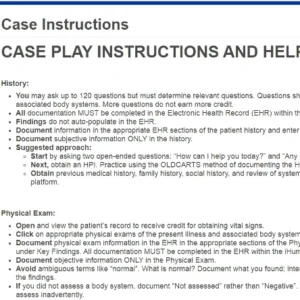
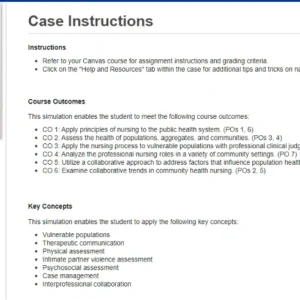



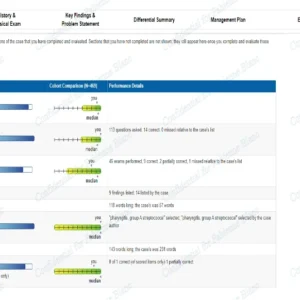
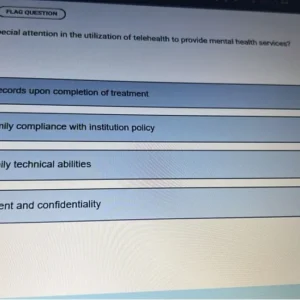
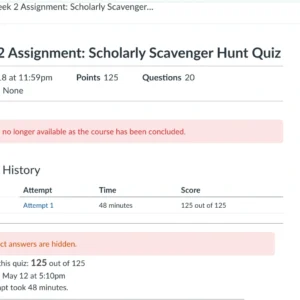
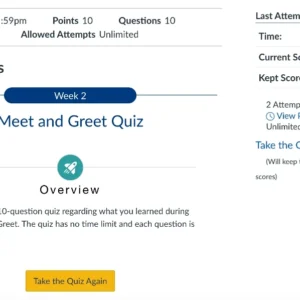
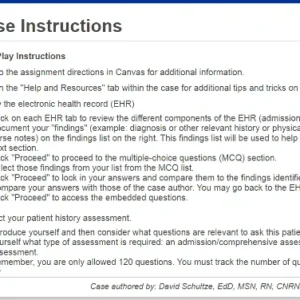
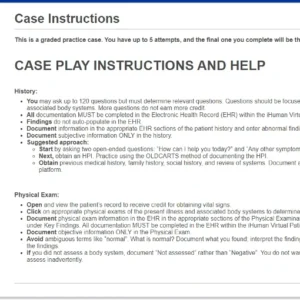

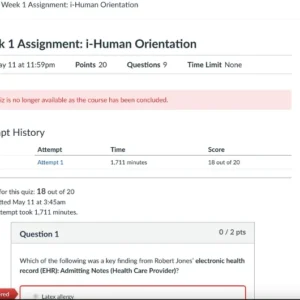
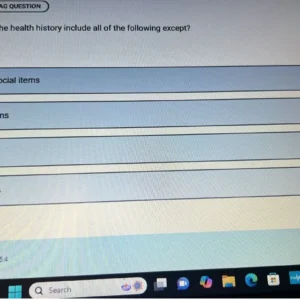
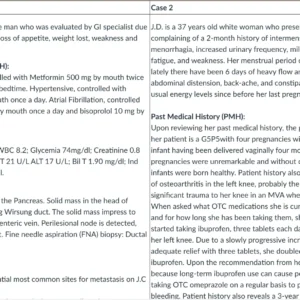
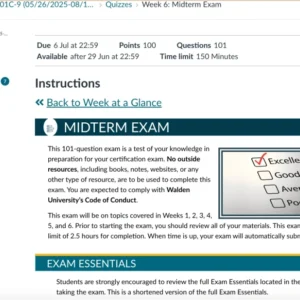


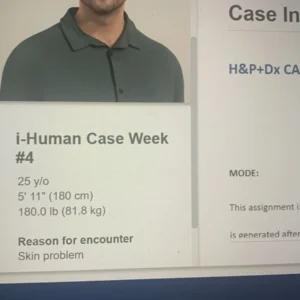
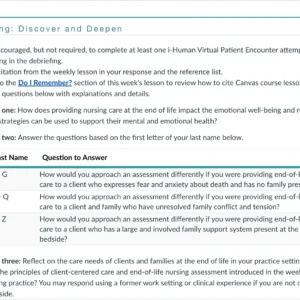
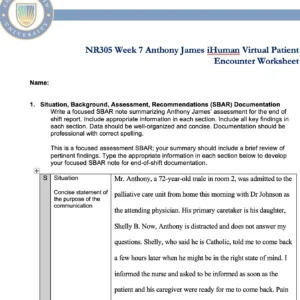
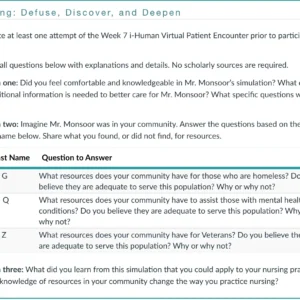
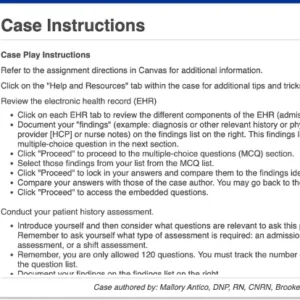
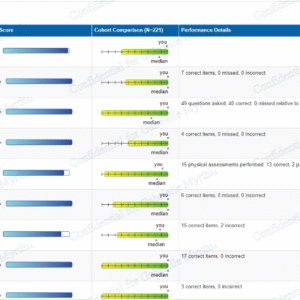

Customer Reviews
There are no reviews yet.